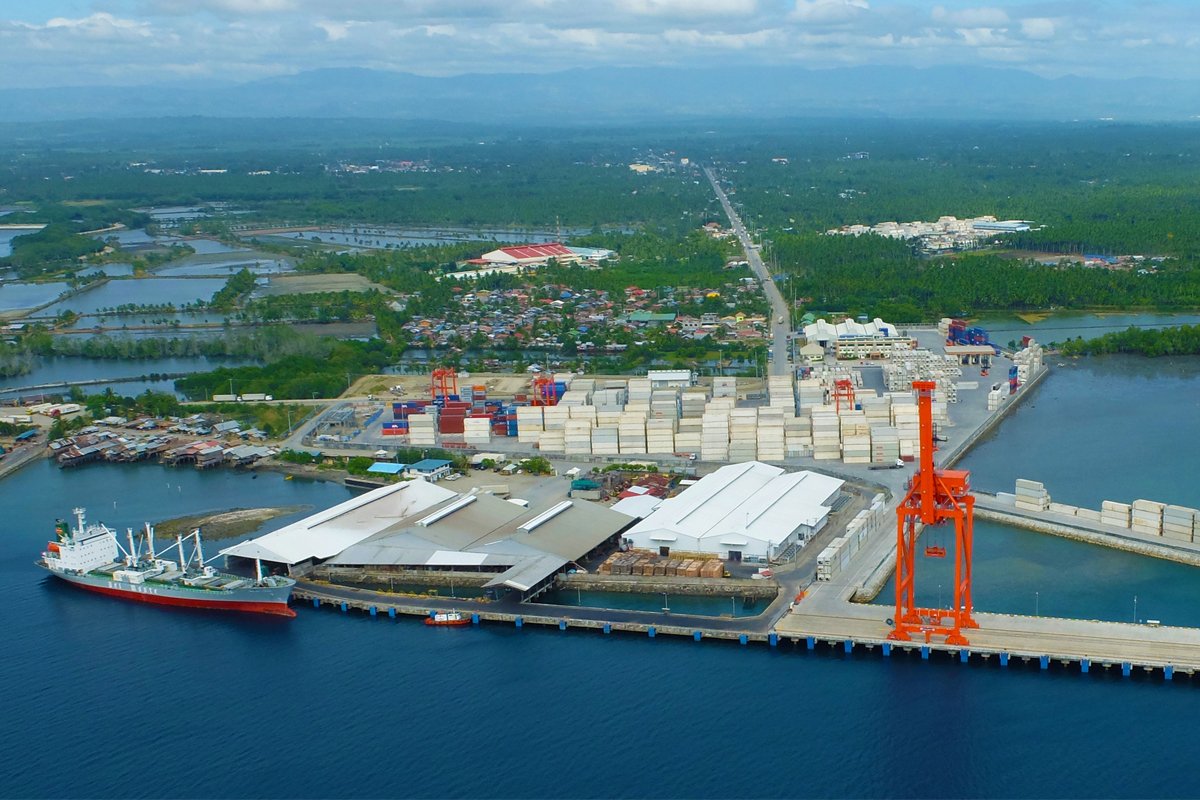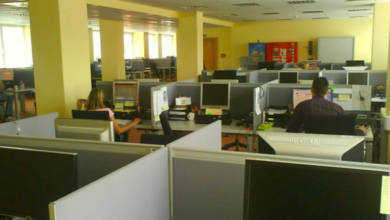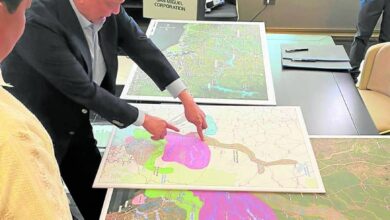
Golden Years for Mindanao?
With the presidency helmed by a man from the South, the first one since the birth of the nation in 1899, not a few observers anticipate a renewed interest upon Mindanao, long held to be the country’s food basket. Fermin Adriano, former senior policy adviser at the Office of the President in Mindanao under the Ramos Administration, examines this prospect and its possible obstacles in this Resurgent exclusive.
With the President, Senate President and House Speaker, the top three political posts in the country, hailing from Mindanao, many are expecting that the next three years of President Rodrigo Duterte’s administration will see the golden years of the island. Proof of this, as pundits observe, is that the fulcrum of political power has shifted from Manila to Davao. News media headlines now herald Davao and other Mindanao cities as their sources of news stories. The President and his official party use Davao airport as their take-off and landing point for their official visits in neighboring ASEAN countries.
However, political events taking place in a certain geographical area, no matter how high profile they are, do not automatically translate to the development of the place. Attaining economic development is not accomplished by the wave of a magical political wand or some noble pronouncements from political leaders. It requires painstaking planning and sustained effort in pursuing activities that nurture the economic growth process.
Growth versus Development
Economic growth is attained through investments. The more investments a place receives, the more jobs are created and overall income rises or purchasing power increases. Investments come from two sources: government and the private sector. Private investments normally take some time before it happens because private investors first weigh the benefits and costs of making an investment decision. If the costs are higher than the benefits, then investment is withheld. And vice-versa, if benefits are higher than costs, then investment is made.
Government investment is different because its aim is to maximize returns to the public and not to the individual. It is therefore less risk-averse as the primordial consideration is the interest of the public. For instance, government investments are made in conflict areas because government deems that peace is so important to the public that attaining it trumps any consideration of immediate economic returns. Mindanao investments.
At this economic stage of Mindanao’s development, government investments will play a critical role given that the island will not easily attract massive private investments given perception of peace and order instability, and inadequate or poor infrastructure. Thus, there has to be a deliberate effort on the part of the Duterte administration to ensure that sizeable government investments are infused to Mindanao.
Unfortunately, this will not happen in the very near future. Of the recently approved flagship projects by the NEDA-ICC (Investment Coordinating Committee) amounting to P171.14 billion last September 14, none of the 9 projects is exclusively devoted to promoting Mindanao’s development. Project implementation is projected to start in 2018 because only then can government counterpart funds can be included in the budget to support these projects.
Again, in the recently released proposed projects for review and approval by the NEDA-ICC, only 1 out of 7 is exclusively for Mindanao, the Malitubog-Maridagao Irrigation project – Phase 2 in North Cotabato and Maguindanao. Interestingly, the irrigation projects started almost 20 years ago under the Ramos administration!
Why the scarcity of projects?
A series of documents and studies are needed to implement development (including infrastructure) projects that normally take from 1 to 3 years before the process of analysis, review and approval by appropriate government bodies is completed. No political rhetoric can trump this process because government officials are accountable on how public funds are spent.
The main reason why there is scarcity of development projects in Mindanao is the inability of Mindanao-based institutions to meet the technical requirements of successfully securing such projects. In short, it suffers from the so-called “technical deficits”.
One can argue that NEDA and related agencies should be tasked with this responsibility. However, given that the national platform is their scope of coverage, then Mindanao will likely end up at the tail end of the priority list. Which is what is actually happening now.
The job of ensuring that adequate development projects funded by the government are implemented in Mindanao is the primary purpose why the Mindanao Development Authority (MinDA) was created. It is the only organization mandated to formulate an integrated plan for the island, unlike NEDA regional offices that formulate plan on a regional basis. And given this mandate, MinDA should have been in the forefront of leading the effort in securing and pushing for the implementation of development projects in Mindanao.
In turn, this means that MinDA should have the capacity to undertake pre-feasibility, feasibility, detailed engineering studies, etc. or conduct such activities in collaboration with appropriate national government agencies and local government units (LGUs) so that Mindanao development projects can be placed at the forefront of the priority list of projects for approval by the NEDA-ICC.
But this will require competent technical leadership in MinDA. The appointment of politicians in positions that require technical skills to successfully undertake the mandated job of the agency is undeniably a sure formula for disaster.
Will the golden years of Mindanao’s development be seen under the Duterte administration?
Unless technically competent leaders are appointed and the “technical deficits” of institutions in Mindanao involved in development are addressed, it is doubtful this will happen.
This is not to say that a “Davao-centric” development will not happen in Mindanao!
via Resurgent.ph / Fermin D. Adriano




